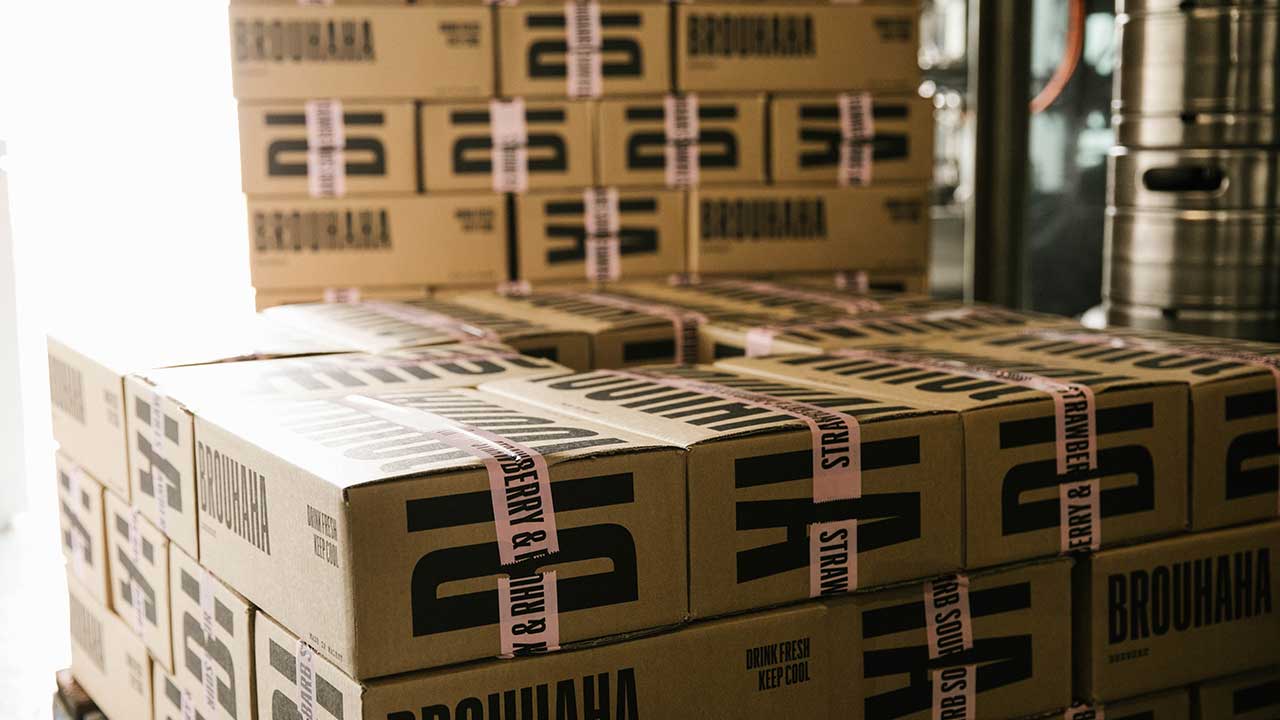If You Thought Packaging was Just Packaging, Think Again
Packaging can have different applications, dependent on the stage of distribution that the product is in; the product has to go from the producer to the retailer, and from the retailer to the consumer.
Through its long journey, a product might require specialized packaging, so that it gets to its destination in perfect condition. But what that destination is will determine which type of packaging it will need. Here, we will explore the difference between consumer and industrial packaging.
Before understanding the difference between consumer and industrial packaging, however, it is important to know what roles the packaging serves in the product’s journey from the manufacturer to the consumer. Here are some of the functions of packaging;
- Market the product
- Provide information about the product
- Protect the product against damage and unsanitary conditions
- Contain the product, especially liquids
- Simplify transportation
What is industrial packaging and consumer packaging?
So what is the difference between industrial packaging and consumer packaging? Industrial packaging is typically used to deliver goods from the manufacturer to the retailer.
There are instances when the industrial packaging is also the consumer packaging. Take for instance animal feeds that come in sacks. The sacks are loaded to trucks from the manufacturer directly to the retailer, and arrive the same way to the consumer.
Consumer packaging, on the other hand, is the packaging that the product gets to the consumer in. This packaging goes from the manufacturer to the retail outlet, and finally to the consumer.
For example, a package of cookies that leaves the manufacturer arrives at the retail store exactly as it will be sold to the consumer.
Another vital difference between consumer and industrial packaging is labeling; they have different labeling requirements, such as in declaration of quantity, responsibility, and identity.
What are the three levels of packaging?
There are three levels of packaging:
- Primary packaging: Wraps the product directly, which arrives to the consumer as is. The main purpose for primary packaging is to preserve and protect the product.
- Secondary packaging: Used in addition to, or on top of, the primary package. This level of packaging markets the product, and also gathers the products for easy handling and sales. It can also be used to group the product.
- Tertiary packaging: Typically used in the transportation of the products from the producer to the retailer; it is also used to define the sales unit that the manufacturer uses to sell to the consumer. For instance, a crate or corrugated carton containing a certain number of units of the product within.
What is the difference between CPG and FMCG?
Consumer packaged goods (CPG) and fast-moving consumer goods (FMCG) are often used interchangeably, but the two terms mean different things.
FMCG are those goods that are used on a daily basis in a household, like soap, detergent, deodorant, and shampoo. CPG are items used less frequently in the household, like canned foods, spices, etc.

